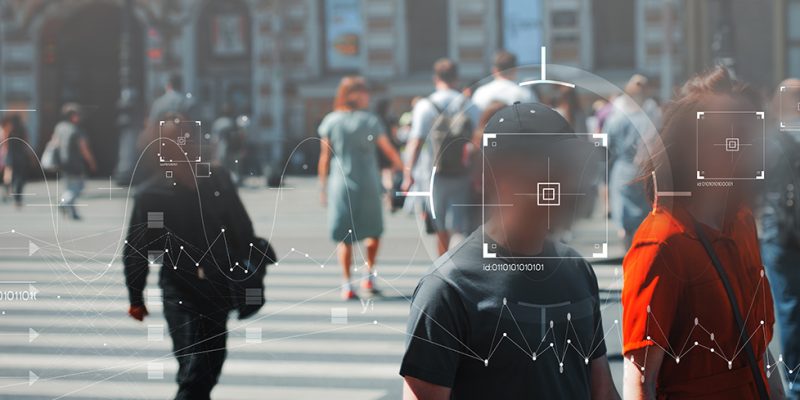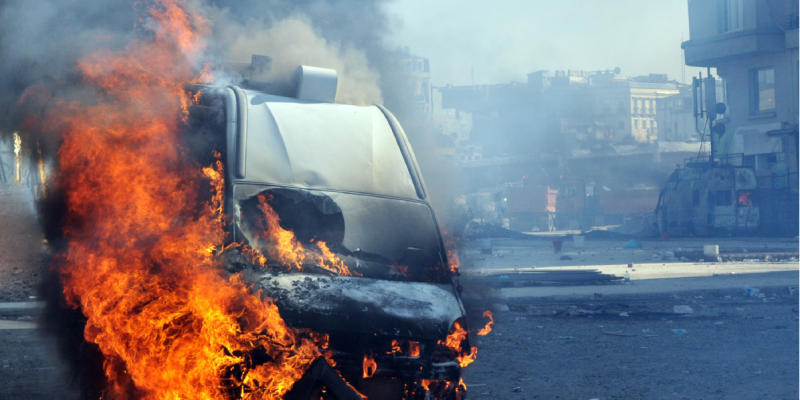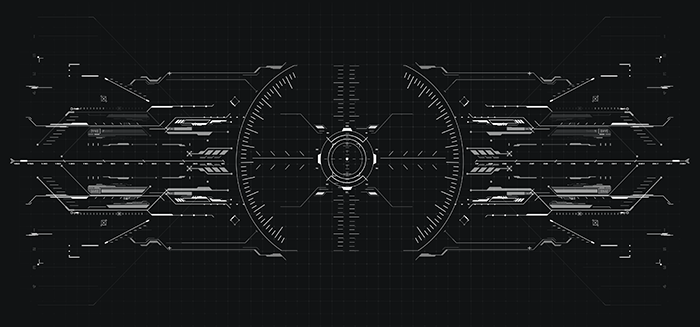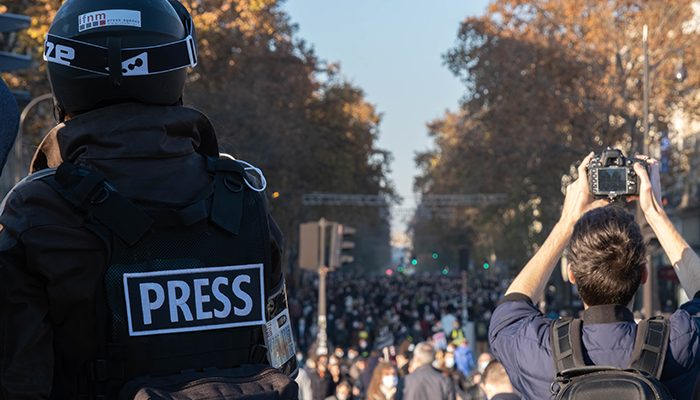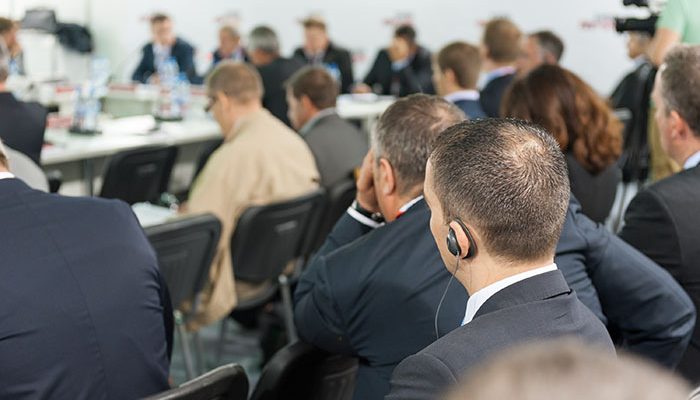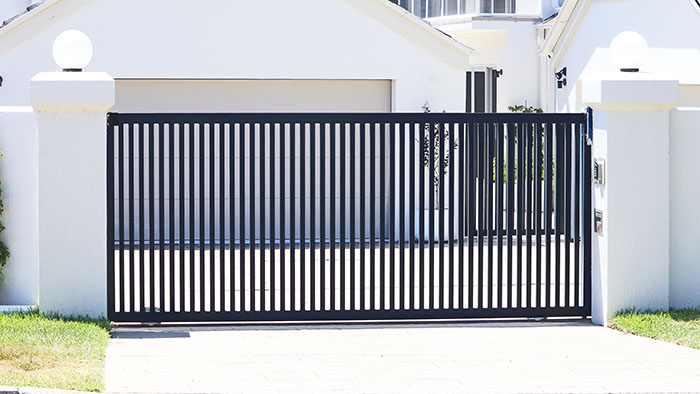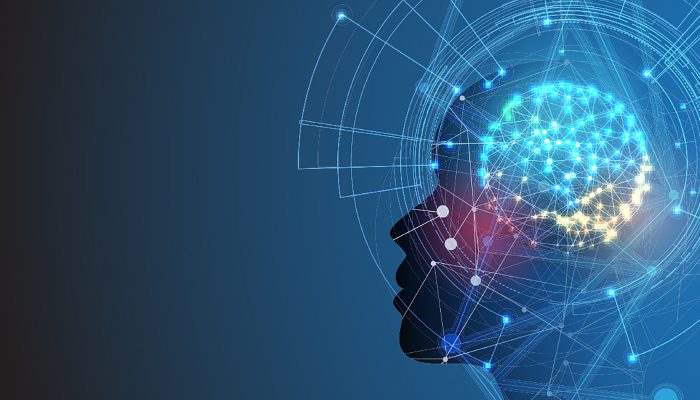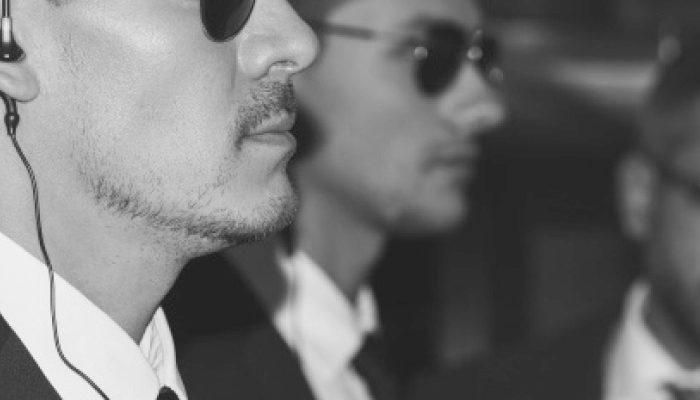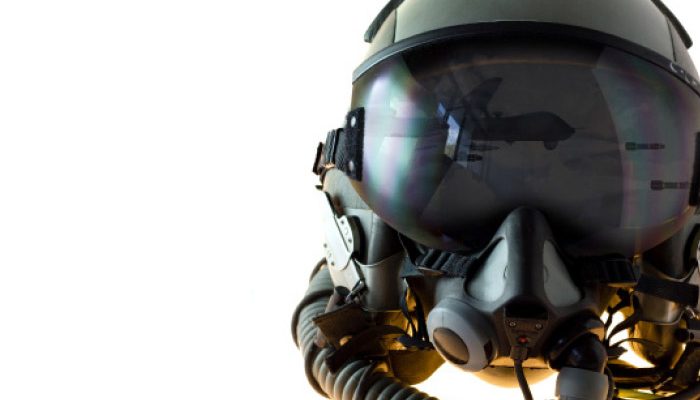The average citizen has security concerns and can benefit from an understanding of the concepts of surveillance countermeasures that enhance personal protection. However, the application of surveillance countermeasures without a sound perspective regarding the threat-specific surveillance techniques they are intended to defeat can be counterproductive, and potentially dangerous. For this reason, the practitioner of surveillance countermeasures must think like a surveillance operator in order to anticipate how an operator would act based on specific circumstances.
Behavioral Analysis Part 2
Following on from what was discussed, in order to deeply understand how these incidents occur, we need to understand the differences between the radicalization and recruitment processes that enlist Homegrown Violent Extremists and Active Killer incidents.
Protective Tactics for Attending High-Risk Meetings
Arranging and attending high-risk meetings is an easy way to set someone up for kidnapping, assassination, sexual assault or robbery. Because of this, meetings in high-risk situations can be extremely dangerous and should always be treated with caution whether you are attending for personal business reasons or with a client.
Challenges of Protecting Children
As a bodyguard, I have been fortunate to have protected a variety of female principals amongst a cross-section of nationalities and cultures around the globe. My principals’ ages have also ranged from 4 to 65 years old. Amongst them all, I personally believe the most challenging principals are children. For me, the role of a bodyguard caring for a minor is all about balance, judgment, adaptation and a crystal-clear understanding of the parents’ wishes.
Formations, Body Cover, & Professional Distance
The key words to remember when escorting a client on foot are flexibility and adaptability. You must be flexible enough to constantly adapt your formations to the environment you are working in, the threat level, and the manpower available. Whatever formation you are using will only be as good as the people you are using in your team. You must select your team carefully. Vet all potential members of your team before you employ them, even if you have known them for a while. Many people can talk the business, but when they get on operations, they are useless. When time allows, conduct rehearsals of all your team drills so in the event of an emergency, everyone knows what to do and what everyone else is doing.
Staying Grey
The truth is there aren’t many conventional radios that are commercially available, that are easy to conceal whilst still giving you the coverage and functionality you need to do the job. And with all conventional two-way radio, you still face the challenges of coverage and range, not to mention licensing and the issues of using the devices outside of UK jurisdiction.
The Dangerous Reality of Unmanned Drones
Governments have already developed the lethal capabilities of unmanned drones on the battlefield. And until greater regulations and countermeasures are introduced, protectors need to remain mindful and watchful of the threat this technology poses to ourselves and our clients.
Dangers of being a Journalist
Politics and motives aside, I think everyone can conclude these are very dangerous days for journalists, advocates of free speech or anyone else for that matter that voices an opinion. For the security consultant who is providing services to journalists, activists or opposition politicians these clients can give you some unique challenges as the threats can include harassment and arrest by local or state police, as well as threats from opposing parties etc…
The Changing Face of Surveillance Training Qualifications?
Things are things afoot in the surveillance sector in respect of qualifications, and I am hoping that the ‘powers that be’ do not let things slide down a slippery slope as they did with the Close Protection qualification when it was introduced in the UK, by the Security Industry Authority (SIA).
Staffing an International Team
When it comes to staffing an international team, I have five major considerations I look for in the team’s composition: Operational Capability, Operational Chemistry, Operational Relevance, Operational Flexibility and Operational Capacity.
Residential Security
Just because someone has a security or private investigators license it does not mean they are competent or not working with the criminals. What a lot of people forget when hiring security personnel is that you get what you pay for.
Establishing Your Career Path in Close Protection
To clarify, the commercial close protection industry is challenging for most people to enter, mainly because it is a very small and ‘cliquey’ world where doors usually open for people if they know the right people. So, to start with, networking is a valuable key to opening the doors.
HUMAN INTELLIGENCE
Intelligence is the information we obtain on a target or threat in order to locate them, gain information on their operations and to predict their future actions. Accurate intelligence is essential not only in security and counter-insurgency operations but also in the corporate world where companies need to know what their competitors are developing and planning.
Industry News At A Glance
We cast our eye over the main stories impacting the security industry. Here’s what’s appeared on the radar since the last issue.
How anonymous are your conversations, really?
Maybe you’re a close protection officer, trying to arrange a safe route through a dangerous location, or a surveillance specialist trying to communicate with others in your team.
Perhaps you just don’t trust the local government. Whatever the situation, it’ll almost certainly be easier to focus on the task at hand if you aren’t worrying about whether your messages were possibly subject to being intercepted.
Insecure Smart Houses
They are only of limited relevance today, but as the technologies involved become more widespread and implemented into every facet of life they will only become more prevalent. While it sounds like the stuff of science fiction, these threats exist now and are not going to go away.
For simplicity, we’ll say that a ‘smart’ device is anything which connects to the internet (or a network) and is not intended to be a computer interface. Intended is the key word there, as many of these devices are insecure for the simple reason that they are a computer. The problem is that it is now cheaper and easier to put a general purpose computer into a device and run some software to, for example, turn lights on and off than it is to design a single-purpose lightbulb which also connects to a network.
What is Executive Protection?
In the past, I viewed Executive Protection (EP) as persons who provided corporate level protection. This was the guy who only walked with the CEO, politician, or other important corporate executives and dignitaries. With my limited understanding, I didn’t think of those who drive these same individuals as being considered Executive Protection agents as well. As an EP specialist, I now understand and have experienced some of the vast role’s EP work will encompass.
How modern technology is advancing our craft
Some readers may have guessed at the participants in the above scenario or even been a part of such a detail in the past. No matter what, it’s plain to see that helicopters are an amazing tool to have at your disposal for your motorcade movements. They can advance the route in real time from a bird’s eye view, which is a great way to go from the known to the known with a good idea of the terrain you will be encountering.
However, the truth is, the simulated communications you just read were not with a helicopter, but instead were between an Executive Protection team, and it’s FAA (Federal Aviation Administration) Licensed and experienced UAV (Unmanned Aerial Vehicle) Pilot. Executive Protection is evolving every day, and one of the areas out front is technology. Developing are new forms of detection, tactical hearing and visual aids, vehicle security and transport, radio systems, and now UAV’S.
Industry News
We cast our eye over the main stories impacting the security industry. Here’s what’s appeared on the radar since the last issue.
The Impact of Street Crime on the Security Professional
Did you know: Historically, street crime increases, proportionately, with population growth? Crime in England is accelerating, and according to police figures, the London murder rate has now surpassed that of New York for the first time in modern history. Not only does this place the general public at risk but arguably, it exposes the front-line security operator to even greater danger.
